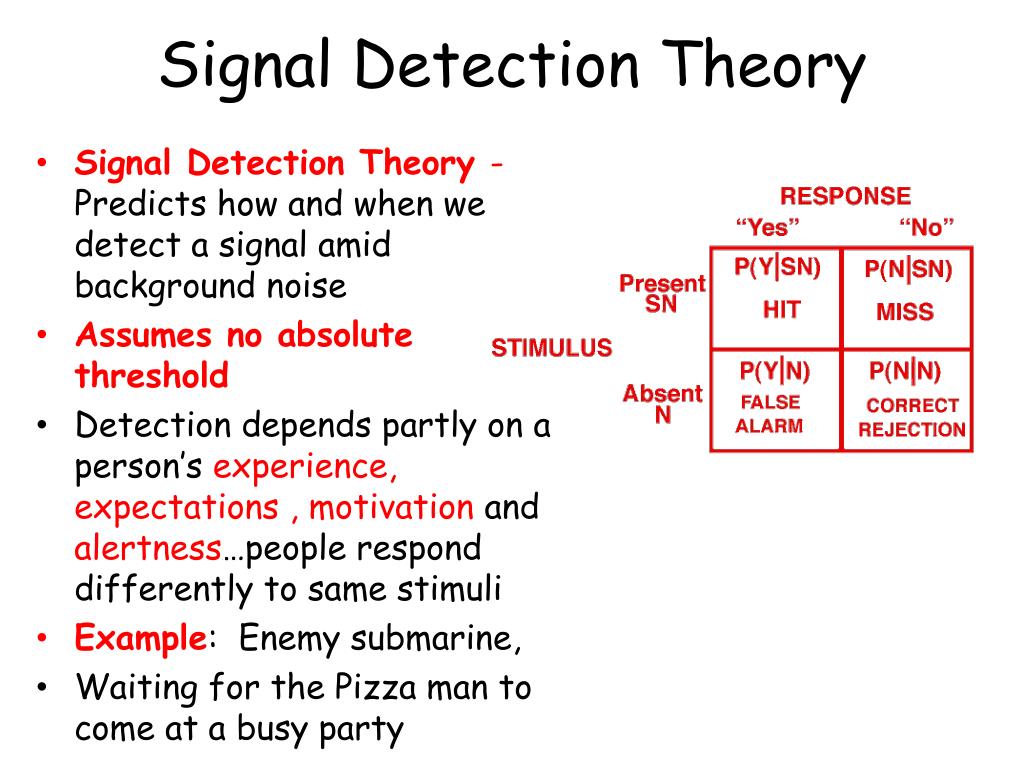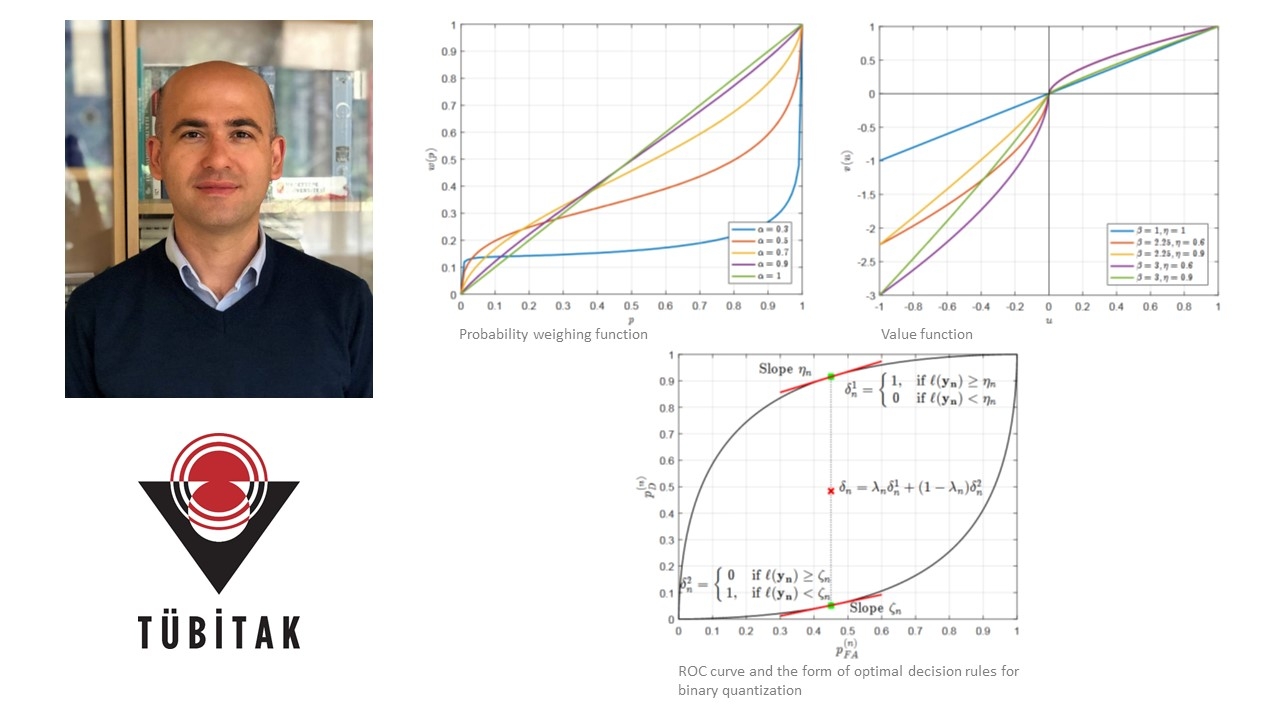


That is, the suspect may not have committed the crime.

To emphasize the obvious, the suspect and the culprit are not necessarily the same person (e.g., Wells & Olson, 2003). Regardless of the lineup specifics, the witness identification (ID) falls into one of three broad categories: suspect, in which the witness selects the suspect, filler, in which the witness selects one of the filler faces, if available, and reject or no identification, in which the witness does not identify any lineup member as the culprit. Although variations exist (e.g., Horry, Brewer, Weber, & Palmer, 2015 Wells, 2014), when discussing sequential lineups, we assume here that the witness can only view each face once and the lineup ends after an identification is made. The two most commonly employed methods are simultaneous presentations, in which the witness can view all of the faces at the same time, and sequential presentations, in which the witness views the faces one at a time (Police Executive Research Forum, 2013). For lineups with at least one filler, the faces can be shown to the witness in different ways. Lineups commonly contain six to eight faces, including the suspect (Police Executive Research Forum, 2013), although other lengths are possible (e.g., Levi, 2012). In the minimal lineup, a show-up, the suspect is shown without any fillers (e.g., Gonzalez, Ellsworth, & Pembroke, 1993).

The other filler faces, of people known to have not committed the crime, are typically selected to be similar to either the suspect (Wogalter, Malpass, & McQuiston, 2004) or a description of the culprit (Wells, Rydell, & Seelau, 1993 Tunnicliff & Clark, 2000). One of the faces, the suspect, is the person the police believe committed the crime. After some delay, the witness is asked to identify the culprit from a set of faces, the lineup. In a typical eyewitness lineup scenario, a witness observes a culprit commit a crime.
#Detection theory full
The package can also produce a full set of graphs, including data and model-based ROC curves and the underlying SDT model. The package can estimate the base-rate of lineups that include a guilty suspect when the guilt or innocence of each suspect in the data set is unknown, as in “real-world” lineups. The package incorporates closed-form solutions for both simultaneous and sequential lineups that allow for model-based analyses without Monte Carlo simulation. sdtlu provides functions to process lineup data, determine the best-fitting SDT parameters, compute model-based performance measures such as area under the curve (AUC) and diagnosticity, use bootstrapping to determine uncertainty intervals around these parameters and measures, and compare parameters across two different data sets. The goal of this paper is to introduce a new R package, sdtlu (Signal Detection Theory – LineUp), that streamlines and automates the SDT analysis of lineup data. Signal detection theory (SDT), a powerful modeling framework for analyzing data, has recently become a common way to analyze lineup data. In a standard eyewitness lineup scenario, a witness observes a culprit commit a crime and is later asked to identify the culprit from a set of faces, the lineup.


 0 kommentar(er)
0 kommentar(er)
